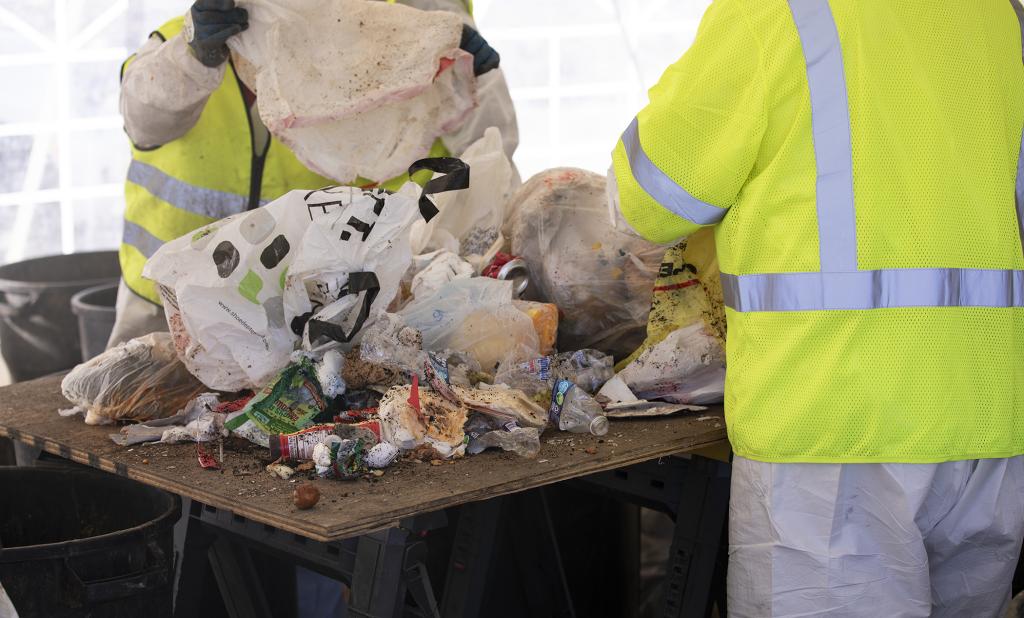All About NDEE: SWIFR Waste Characterization Study
NDEE News

All About NDEE: SWIFR Waste Characterization Study
The Nebraska Department of Environment and Energy (NDEE) is currently conducting a statewide waste characterization study utilizing funds from a federal grant.
In August 2023, NDEE received a $612,000 Solid Waste Infrastructure for Recycling (SWIFR) grant from the U.S. Environmental Protection Agency. NDEE is using these funds to hire a contractor to conduct a four-season waste characterization study at eight landfills across the state.
The landfill sites were selected based on location (urban and rural) and size (small and large) to provide a broad-spectrum data set, which will allow other landfill operations to extrapolate data for their facility.
What are waste characterization studies for?
Waste characterization studies provide important data and information about the state’s waste stream, and can help landfills and other decision makers better manage waste streams and develop recycling initiatives into the future. NDEE conducted a previous waste characterization study in 2009, and its findings were used by waste managers to:
- Establish waste reduction targets
- Organize recycling efforts
- Focus public awareness and education
- Adjust transfer/disposal operations
In addition to better managing waste streams, waste characterization studies have the potential to provide economic benefits to the state. The information they provide can lead to innovative processes for using recycled or waste materials.
Waste characterization studies also help landfills extend their useful life. Siting a new landfill can be challenging and building one can be expensive. The results of a waste characterization study can help landfill operators understand the waste stream and find ways to divert waste – such as encouraging recycling efforts or the reuse of items. These efforts can save space in landfills so they can be used for years to come.
How are waste characterization studies conducted?

Waste characterization studies are conducted by contractors who specialize in this field of work. Their employees visit each participating landfill and physically sort through trash to categorize what is being thrown away.
For municipal solid waste characterization, a random collection of trash is collected from an incoming refuse truck as a sample based on sector (residential; construction and demolition; or institutional, commercial, and industrial). This sample is then placed in smaller containers and weighed to ensure each sample is around 220 pounds. The smaller containers are then individually dumped onto a working surface, where contractors sort through trash items by hand and put them into the appropriate bins, based on their material – plastics, food waste, paper, and much more.
The sorted bins are weighed again – this tells the contractor how much each waste component made up the 220-pound sample, and ensures the total weight did not change significantly.
The contractor repeats this process for multiple samples, at multiple landfills, at multiple times throughout the year. In total, NDEE’s SWIFR contractor is planning more than 1,000 separate sorts over the four-season study.
Through this hard work, the waste characterization study is expected to be completed in 2026 and will provide beneficial information that will help all Nebraskans manage the waste stream and divert waste from landfills.